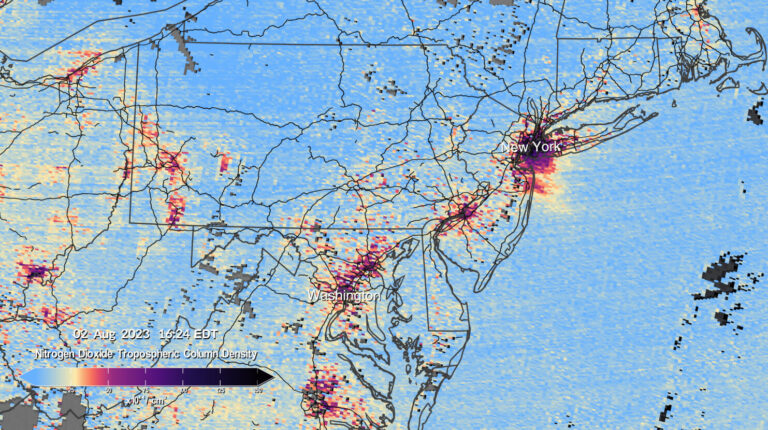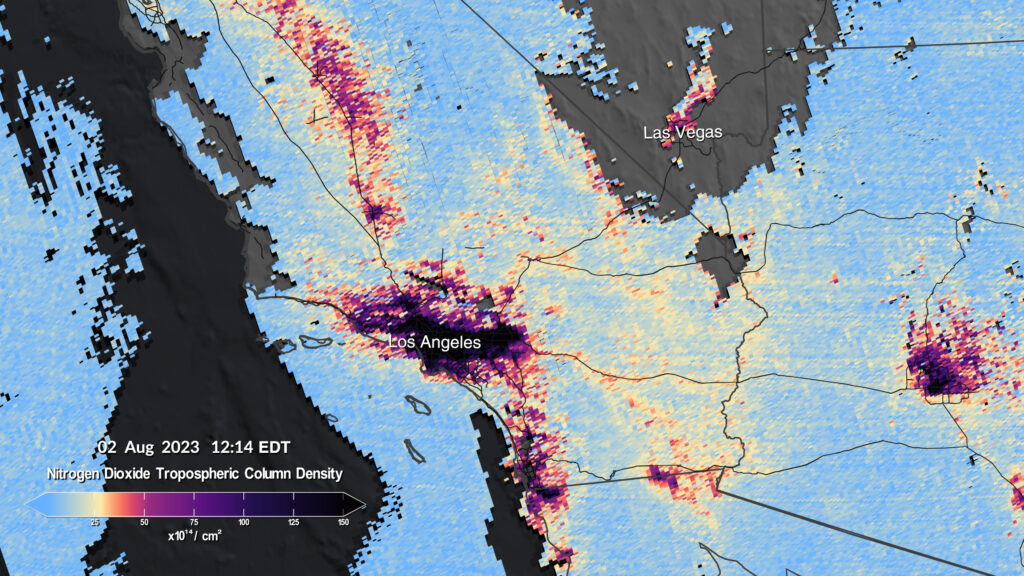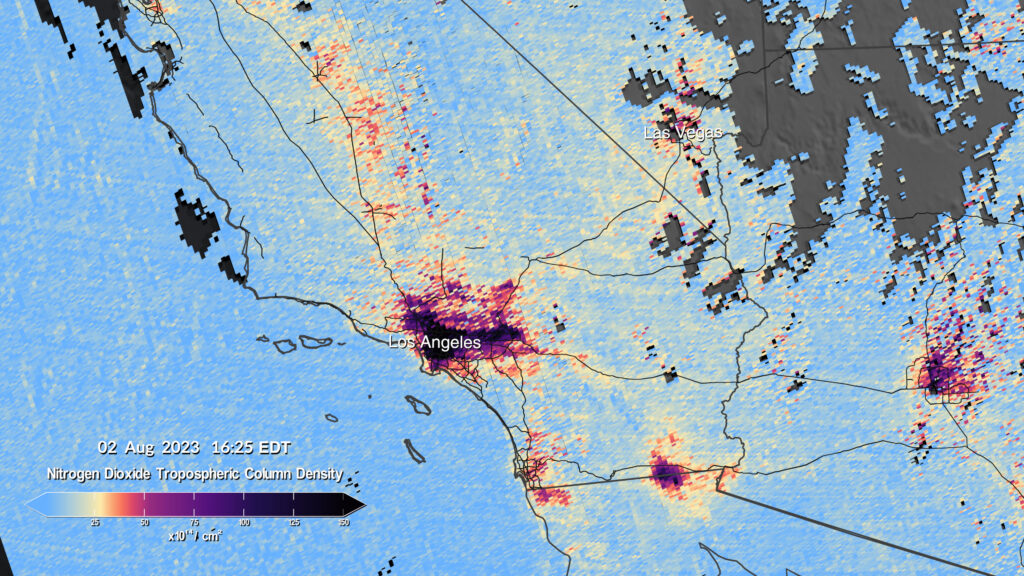NASA launched its TEMPO mission into space earlier this year and has now released the first data maps from the new instrument, showing information about major air pollutants over North America.
From its orbit 22,000 miles above the equator, TEMPO – Tropospheric Emissions: Monitoring of Pollution – is the first space-based instrument designed to continuously measure air quality above North America with the resolution of a few square miles.
“Neighborhoods and communities across the country will benefit from TEMPO’s game-changing data for decades to come,” said NASA administrator Bill Nelson.
Observations by TEMPO will significantly improve studies of pollution caused by rush-hour traffic, the movement of smoke and ash from forest fires and volcanoes, and the effects of fertilizer application on farmland. In addition, its data will help scientists evaluate the health impacts of pollutants and aid in the creation of air pollution maps at the neighborhood scale, improving understanding of disparities in air quality within communities. Data will be shared with partner agencies that monitor and forecast air quality, such as the EPA and NOAA.
Launched in April aboard a Maxar Intelsat 40e satellite on a SpaceX Falcon 9 rocket, TEMPO makes hourly daytime scans of the lower atmosphere over North America from the Atlantic Ocean to the Pacific Coast, from roughly Mexico City to central Canada. The primary instrument is an advanced spectrometer that detects pollution normally hidden within reflected sunlight.
The mission is a collaboration between NASA and the Smithsonian Astrophysical Observatory (SAO) in Cambridge, Massachusetts.
The first pollution maps released by NASA from the mission show concentrations of nitrogen dioxide from pollution around cities and major transportation arteries of North America. TEMPO measures sunlight reflected and scattered off Earth’s surface, clouds and atmosphere. Gases in the atmosphere absorb the sunlight, and the resulting spectra are used to determine the concentrations of several gases in the air, including nitrogen dioxide.
The instrument will begin full operations in October, collecting hourly daytime scans, the first instrument to observe pollution over North America in this way.
TEMPO is part of NASA’s Earth Venture-Instrument program, which includes small, targeted science investigations designed to complement NASA’s larger research missions. The instrument also forms part of a virtual constellation of air pollution monitors for the Northern Hemisphere that also includes South Korea’s Geostationary Environment Monitoring Spectrometer and the European Space Agency’s Sentinel-4 satellite.
Click here for more about TEMPO.





